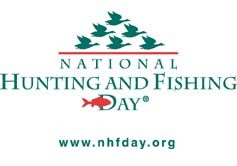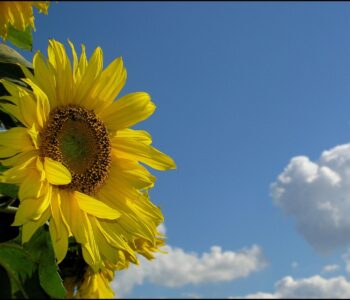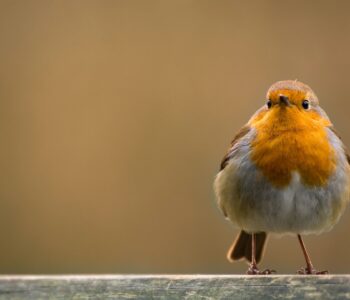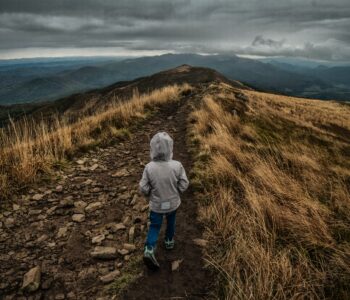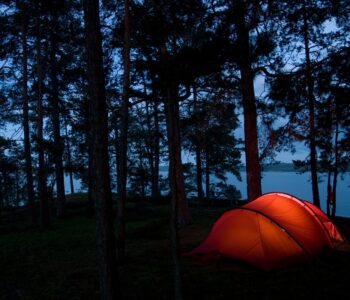 News
News
Two Reasons to Spend Saturday Outdoors
There are two good reasons to take advantage of the beautiful fall weather this weekend — Saturday is National Hunting and Fishing Day and also National Public Lands Day. The purpose of these celebrations is to encourage families to spend time in the outdoors while learning about and caring for our national heritage at the same time.
National Hunting and Fishing Day is always celebrated on the fourth Saturday in September. The federally recognized day brings together sportsmen and women from across America to celebrate the rich tradition of hunting, sport shooting and fishing through organized local, state and national events aimed at introducing new audiences to the outdoors. National Hunting and Fishing day events are taking place all over the country and you can easily find one near you by checking checking out the official NHF Day website. Many offer opportunities to fish, hunt, target shoot or participate in workshops, contests, learn outdoor and camping skills, see live birds of prey and much, much, more.
National Public Lands Day is a celebration of our nations public lands. Each year, for the past 16 years, citizens of this country “lend a hand to the lands” that we use to hike, bike, climb, swim, fish, hunt, explore or picnic and just plain relax. One third of America’s land is in public hands, and it’s our duty to maintain them. An estimated 130,000 volunteers will grab shovels and gloves to improve the nation’s public lands on every fourth Saturday of September as part of National Public Lands Day, an annual event held at over 2,000 sites across the country. Not only is it a chance for you and your family to tour a well-known park and or monument but it is also a great lesson in stewardship, volunteerism and responsibility for your kids.
